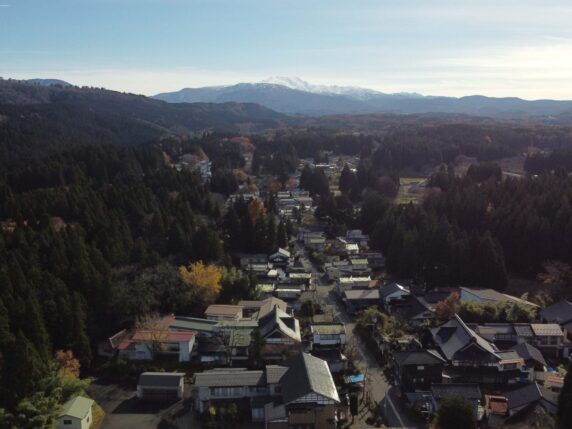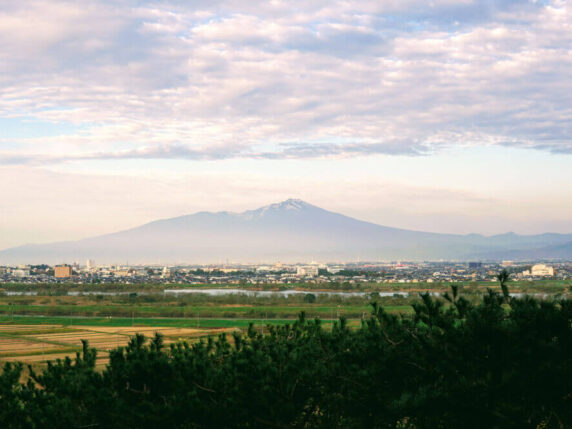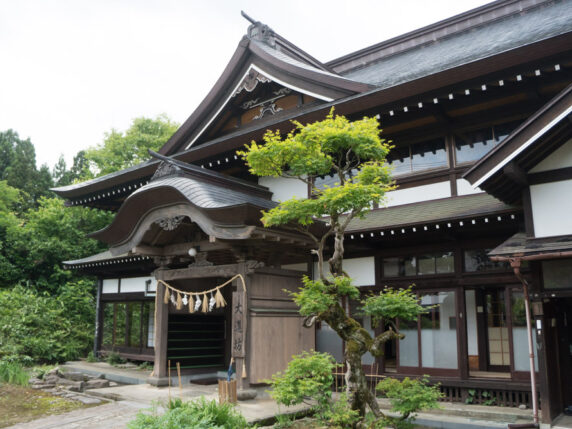Tsuruoka City: Home of Haguro-san of Dewa Sanzan
Written by Timothy Bunting
Sitting in a Japanese castle at the turn of the 18th century, what catches your eye most? Is it the soft light hitting the cherry blossoms as they flutter in the wind? The stone grey of the castle contrasting against the black and white wall? The castle’s crest meticulously carved into the tiled roof? The Maiko with white make-up and intricately woven Kimono fixing the flower ornament in her hair? Or, is it the band of samurai patrolling the streets, swords by their side ready to attack at any moment? For Tsuruoka City in the Shonai region of Yamagata, this was a reality in the not too distant past.
Besides laying claim to the Dewa Sanzan, north Japan's premiere location for spiritual rebirth, Tsuruoka City is a mecca for foodies and history buffs alike. Located on the north-western coast of Yamagata prefecture in the northern Tohoku region, the city is blessed with vast nature. The mountains, rivers, and ocean of Tsuruoka provides bountiful and delicious foods year-round. In fact, Tsuruoka City is the only UNESCO-certified creative city of gastronomy in Japan, a country utterly obsessed with food. Not only that, Tsuruoka is home to the Shonai clan, known for rebellious Samurai. The feudal warriors of the Shonai clan valiantly held out against the Japanese Emperor during the Boshin War in 1868. These events led to the establishment of Japan’s northernmost silk industry that lasts to this day.
Foodie Feast

The food culture of Tsuruoka has developed on multiple fronts for centuries. Notably, all those centuries of Yamabushi foraging in the mountains created a certain type of ascetic cuisine. Dewa Sanzan Shojin Ryori typically uses only naturally-preserved mountain vegetables. In addition, the food culture of Kurokawa Noh, traditional plays, and the heirloom vegetables both contribute to Tsuruoka's status. Generations of the same family pass down seeds that developed their own distinct characteristics. For example, Atsumi turnips that are grown using the slash and burn method. These turnips have as much as four times the umami of other turnips. Other famous examples of heirloom vegetables include mushrooms, rice, bamboo shoots, and edamame soy beans.
Tsuruoka is also in the prefecture with the highest consumption of Ramen noodles in Japan, Yamagata. If you’re more into Ramen, try Seitennokaze, Kachofugetsu, Takanosu, or Sengokuya. For those looking for more spiritual food, we recommend Saikan, or the Shukubo Pilgrim Lodges for Shojin Ryori. Tsuruoka is also famous for its farmers’ restaurants Naa and Chikeiken. Both these restaurants were voted top farmer’s restaurants in Japan at different times.
Get Amongst the Monks
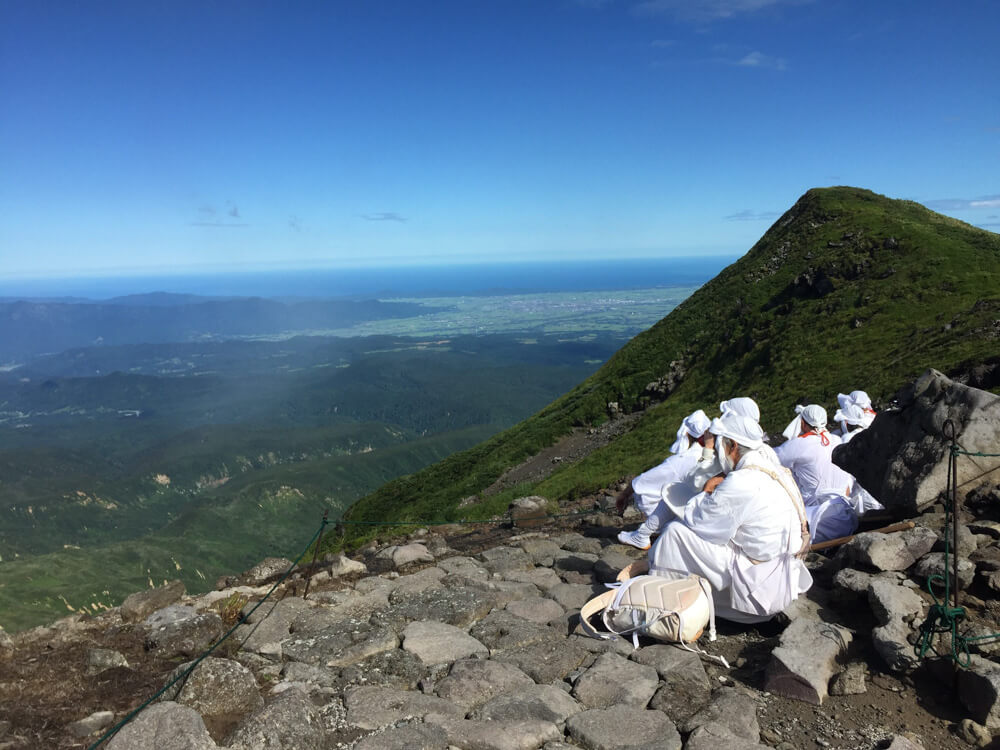
For more than a millennium, Tsuruoka has played host to an ancient Japanese ascetic mountain religion called Haguro Shugendo. Simply take a walk on Mt. Haguro and the energy you feel is intense. The five-story pagoda amongst the towering cedar trees that guide you up the 2,446 stone steps is certainly a site to behold. Then, the mystical alpine environment on Mt. Gassan resembles the world of the afterlife. And for those looking for something truly special, try the naturally occurring monument on Mt. Yudono symbolising rebirth. Hiking the Dewa Sanzan is an excellent way to escape reality and get back to your roots. Visiting in autumn? Be sure to take advantage of the autumn leaves of the Dewa Sanzan.
Still haven’t had enough of a spiritual experience? Try some green tea as you gaze out onto the garden at Gyokusenji temple. Gyokusenji's gardens are also the perfect spot for some meditation too. Or visit Zenpoji, a Soto monastery to the south-west of the city for a spot of Zen meditation. Zenpoji is home to Tsuruoka City’s other five-story pagoda, the only city in northern Japan to have two.
The Sakai Family and the Shonai Clan
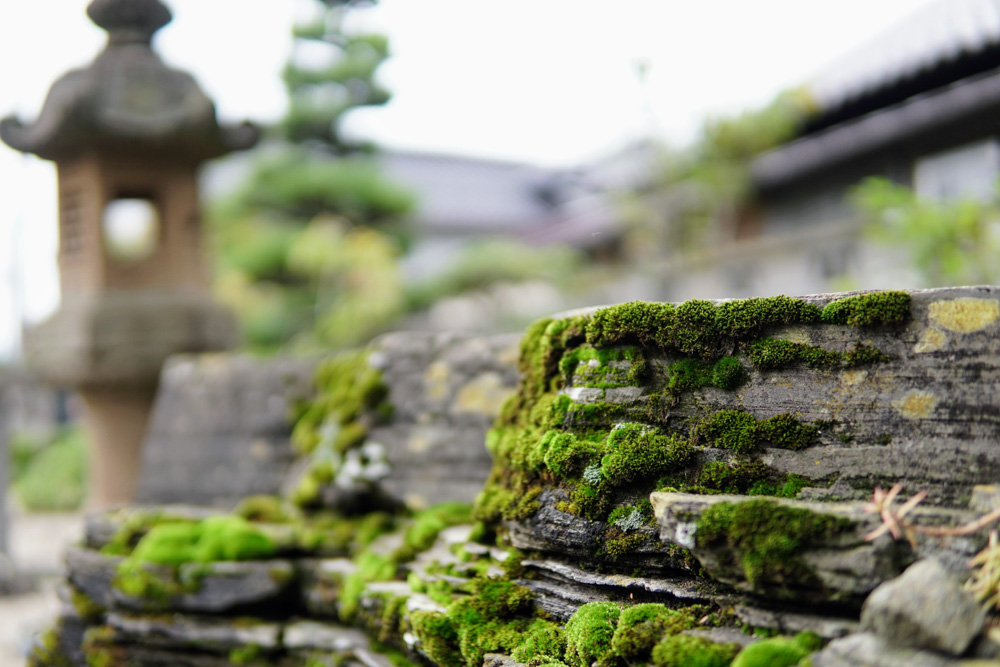
Try to not get lost on the narrow windy streets of central Tsuruoka. Anyone who comes here will instantly realise that these streets purposely confuse you. Tsuruoka was the castle town for the Shonai Clan run by the Sakai Family. The Sakai Family were loyal to the Tokugawa Shogunate. The Tokugawa Shogunate were the de facto rulers of Japan from the early 1600s until the Meiji Restoration in 1868. The Shogunate fell, and soon after the Shonai clan forfeited, despite being able to hold out.
The Sakai family still rules Tsuruoka, albeit with less authority. Visit the Chido Museum and you can see the history of the domain they ruled first hand. The Chido Museum lies directly across the road from Tsuruoka park, the location of the former Tsurugaoka castle. The Chido Museum has many relics that tell the history of the clan. If you like Samurai culture, check out the sword museum. Or, if you're more into history, there's the former police barracks, a multi-storied folk house for both living and silkworm breeding, and many other artefacts related to the fishing industry on the nearby Sea of Japan.
Across the road from the entrance to Tsuruoka Park is Chidokan, the former clan school of the Shonai Clan. Here you can witness firsthand what life was like for samurai. This is where the Shonai Clan surrendered to the Japanese government helping end the Boshin War in 1869.
Samurai Silk

About 8km to the south-east of the city centre lies Matsugaoka, the location of the Matsugaoka Reclamation Land. After their surrender at the hands of the Imperial Japanese Army following the Boshin War, many Samurai became jobless. Thanks to some keen negotiations by Saigo Takamori, the so-called last true samurai, the government didn't charge Tsuruoka for their disloyalty. Instead, Saigo convinced the imperial government to allow the establishment of a silk industry.
Here, from the 1870s onwards, around 3,000 former samurai exchanged their swords for hoes to recultivate the land. The former samurai worked alongside an estimated 500,000 civilians to plant tea and mulberry trees for silkworm breeding. In the process, they created the northernmost silk production centre in Japan. This effort contributed directly to the textile industry that helped Japan shift to one of the world’s leading economies. Matsugaoka is the only location in Japan still producing silk from scratch. Matsugaoka is home to kibiso, a brand of silk built for the modern world.
Heishindo, the former house built in 1896 for the Kazama family, lies in central Tsuruoka. The Kazama family were former purveyors to the Sakai Clan, and once the wealthiest merchants in Tsuruoka. Heishindo was also the base of operations for the silk business. In addition, featuring architecture from turn of the 19th century, Heishindo boasts a stone-weighted roof including 40,000 stones, and traditional storehouses.
Rest for the Wicked
Looking for a place to relax? Tsuruoka is also famous for its three natural hot spring villages; Yutagawa, Yunohama, and Atsumi. At 42 degrees celsius, Yutagawa's hot spring water comes out at a temperature perfect for bathing. Yunohama lies right next to the beach and has beautiful views out onto the Sea of Japan. The main Hot Spring town of Atsumi lies more inland along the picturesque Atsumi river. Yura, with its gorgeous view out onto Hakusan Island, and sometimes to Mt. Chokai, is another notable mention.
Access
There are many ways to reach Tsuruoka. For example, the most common is either by train to Tsuruoka Station, or plane to Shonai Airport from Tokyo. Learn more about how to access Tsuruoka here.
Timothy Bunting
Tim Bunting is a Dewa Sanzan Shrine Yamabushi with over 10 years' experience living beneath the three mystical peaks. He is a self-professed Dewa Sanzan nerd, and is currently working on the Yamabushido project and Dewa Sanzan Monzenmachi Project with Megurun Inc. His roles including assisting in Yamabushi trainings, translating, interpreting, and curating Dewasanzan.com.
Insider information and updates on
The Dewa Sanzan.
Subscribe to the Dewa Sanzan Tribe now.

